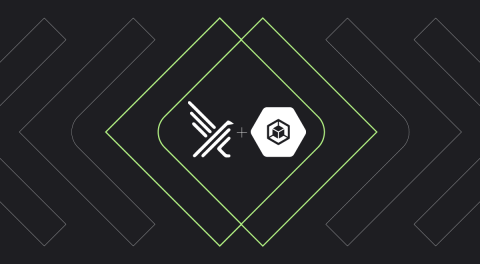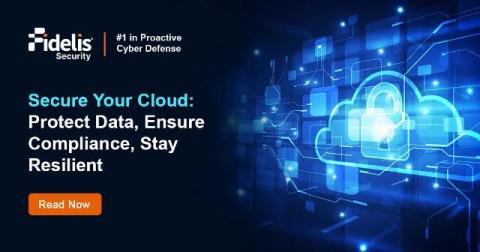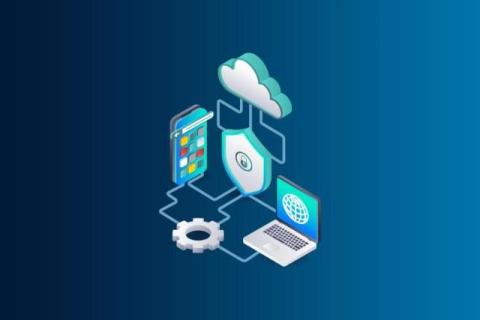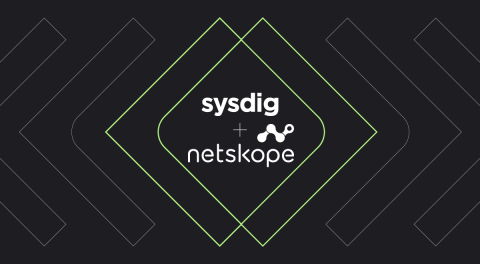Adding runtime threat detection to Google Kubernetes Engine with Falco
One of the big advantages of running your workloads on a managed Kubernetes service like Google Kubernetes Engine (GKE) is that Google ensures your clusters are being deployed and managed following industry best practices. While GKE clusters are incredibly secure and reliable, there is always room for improvement. In this blog, we’re going to describe how you can enhance GKE’s already great security by adding runtime threat detection with Falco.











